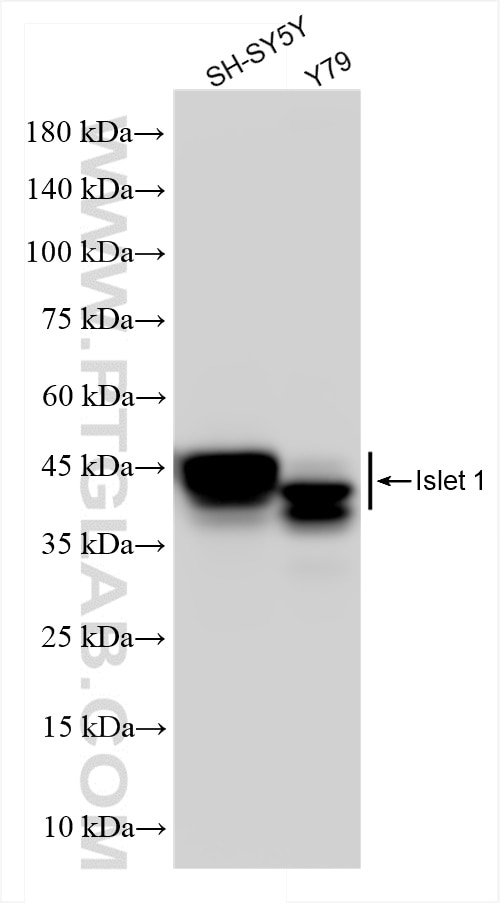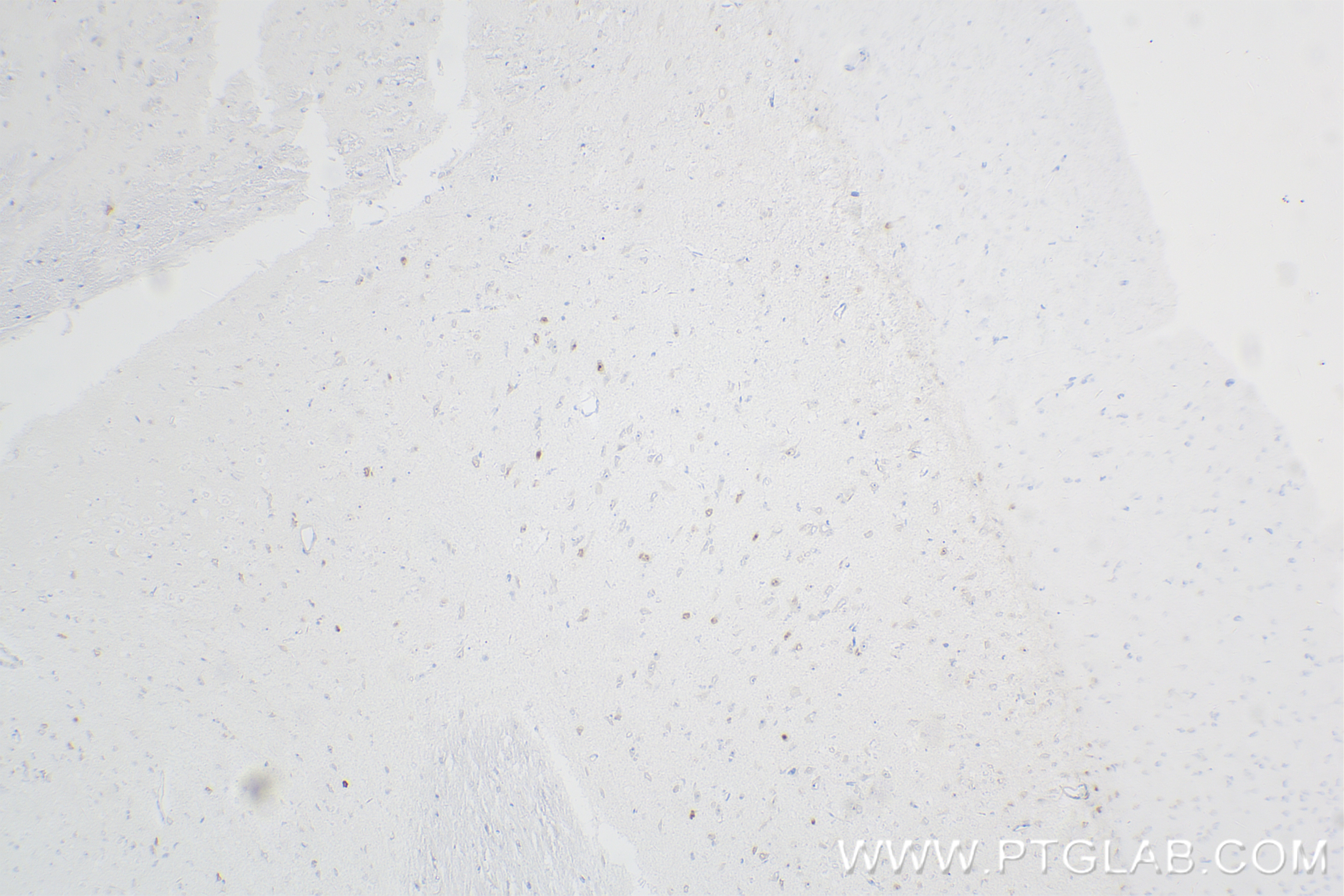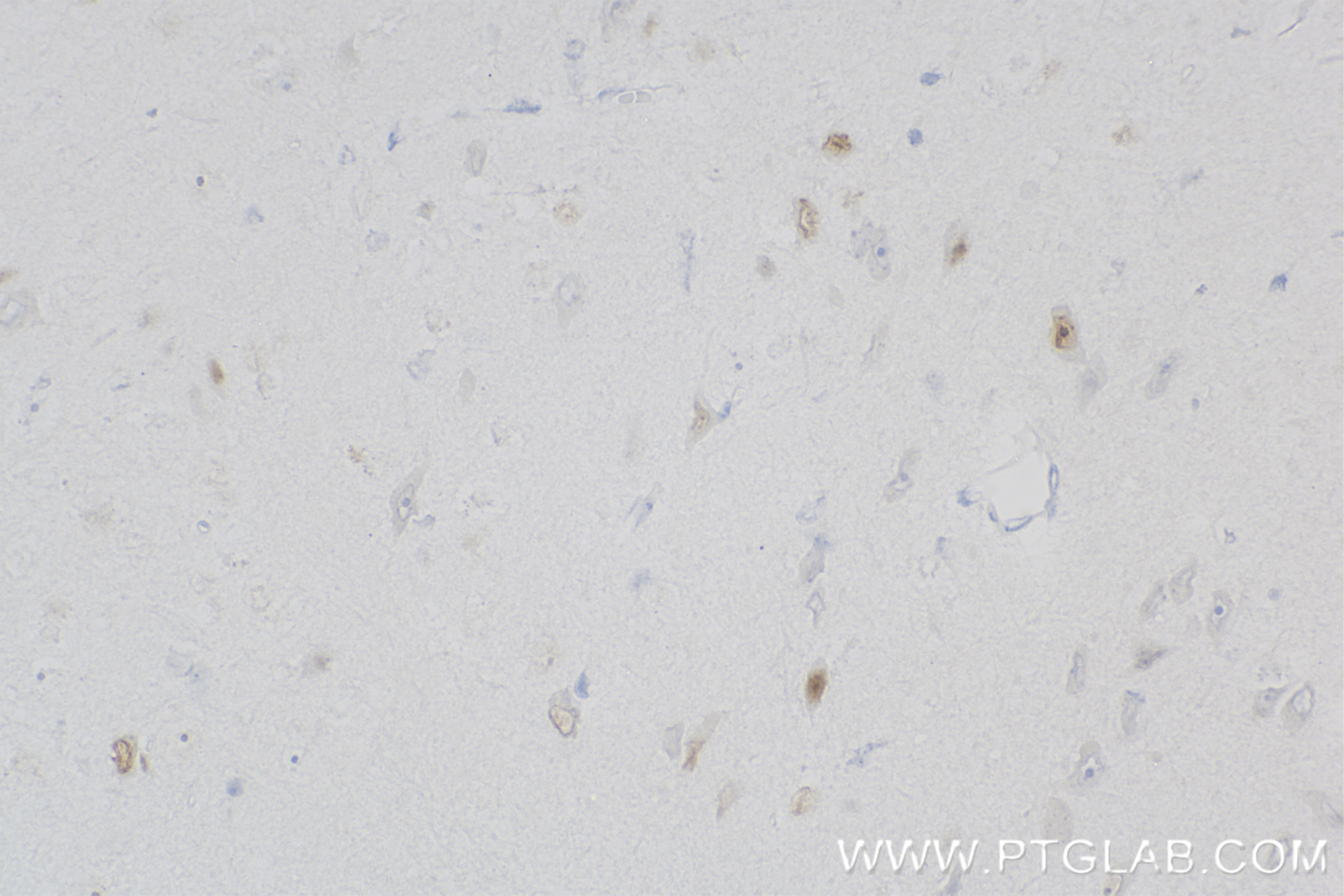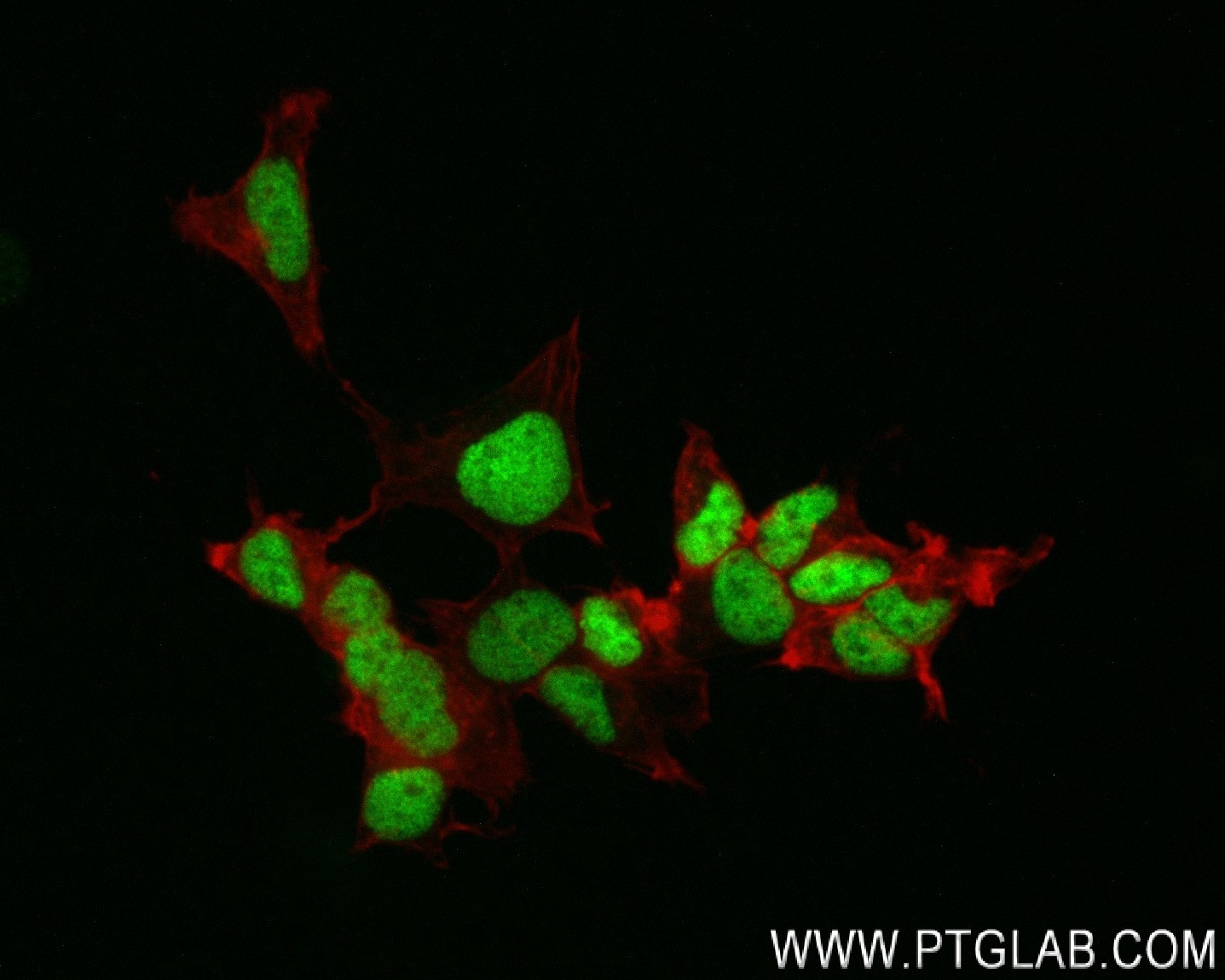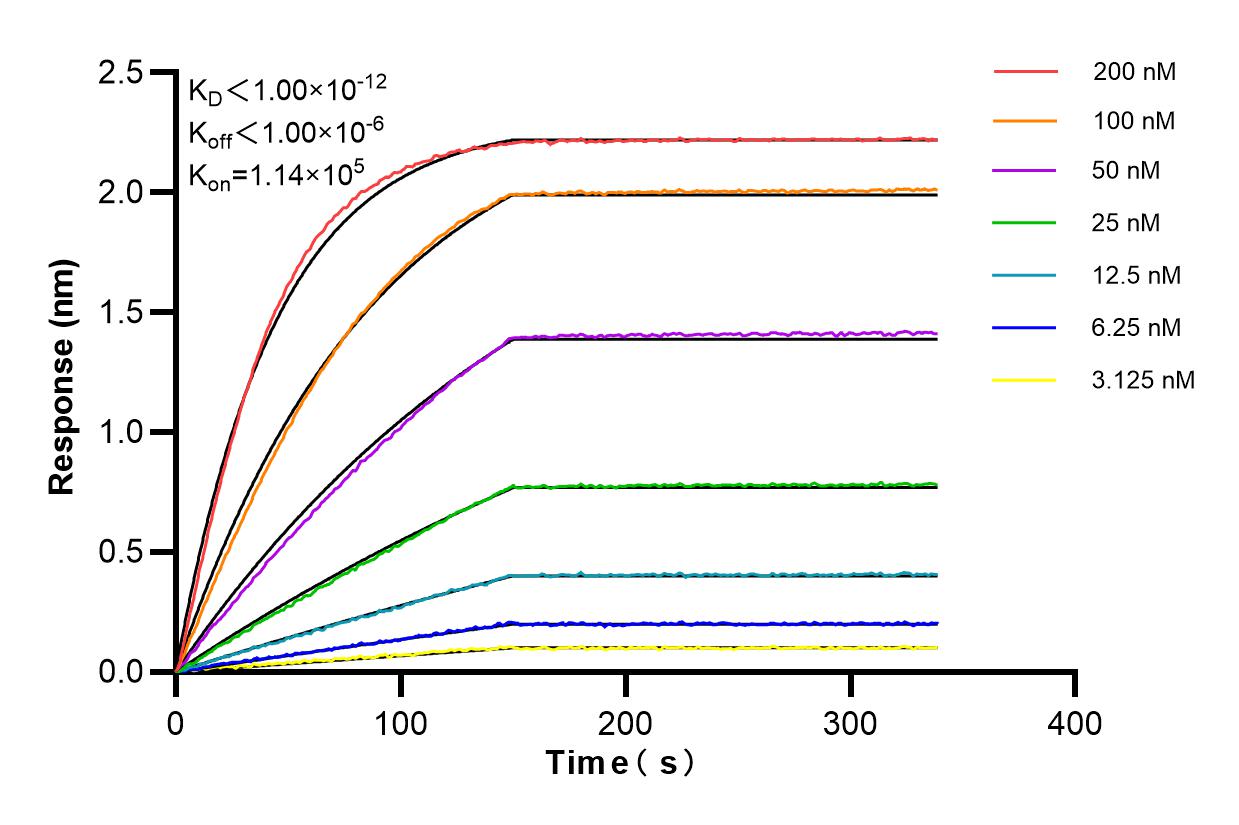Product Information
83784-4-PBS targets Islet 1 in WB, IHC, IF/ICC, Cytometric bead array, Indirect ELISA applications and shows reactivity with human, mouse samples.
| Tested Reactivity | human, mouse |
| Host / Isotype | Rabbit / IgG |
| Class | Recombinant |
| Type | Antibody |
| Immunogen | Islet 1 fusion protein Ag33541 Predict reactive species |
| Full Name | ISL LIM homeobox 1 |
| Calculated Molecular Weight | 39 kDa |
| Observed Molecular Weight | 39-45 kDa |
| GenBank Accession Number | BC031213 |
| Gene Symbol | Islet 1 |
| Gene ID (NCBI) | 3670 |
| Conjugate | Unconjugated |
| Form | Liquid |
| Purification Method | Protein A purification |
| UNIPROT ID | P61371 |
| Storage Buffer | PBS only, pH 7.3. |
| Storage Conditions | Store at -80°C. |
Background Information
ISL1 belongs to the LIM homeodomain transcription factor family that binds to the enhancer region of the INS gene. It plays a pivotal role in cardiogenesis, and lacking ISL1 expression results in growth arrest or displays profound defects in heart development, including atria, ventricle, and the inflow and outflow tracts. Ubiquitinated probably by WWP1 E3 ubiquitin ligase; ubiquitination is followed by protein degradation.
